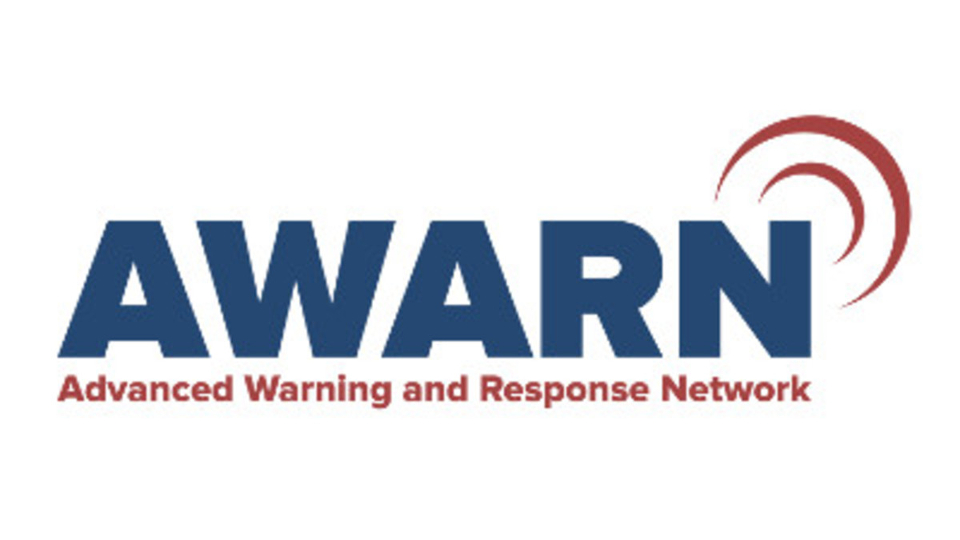
I recently asked John Lawson, executive director of the Advanced Warning and Response Network (AWARN) Alliance, what it’s been like trying to get ATSC 3.0 advanced emergency alerting off the ground. “We’ve been pushing a rock up a hill,” he said with a bit of weariness in his voice.
Why? It could be the fact that Pearl TV, which includes some of the nation’s largest station groups, Fox Television and News-Press and Gazette have left the alliance. Perhaps, it’s because a corporate tech member from Japan has bailed out. Or, it might be a lack of support from the FCC.
Each has proven to be a challenge for Lawson. But his biggest disappointment—the thing that may have added the tinge of exasperation to his voice, is how the broadcast industry overall has dropped the ball when it comes to advanced emergency alerting.

“By and large, the broadcasters have not lived up to the promises that many of them made to the FCC in 2017 to stand up advanced alerting if the commission approved a voluntary transition to ATSC 3.0,” he said, adding that Capitol Broadcasting Company in Raleigh, N.C., and Sinclair Broadcast Group are notable exceptions.
While the remaining AWARN Alliance members recently voted to continue as an organization with Lawson as its leader, he’s no Sisyphus.
With the membership’s blessing, Lawson is preparing to push that rock up the hill one more time. But unlike the mythical Sisyphus, Lawson is taking a new route up—one he believes that will take advanced emergency alerting where it needs to go.
This time, Lawson is taking the for-profit, commercial approach. His plan is twofold. Working with a partner like tech manufacturer 6G-Datacast.tv, Lawson hopes to see mobile 3.0 receivers with battery backup power and Bluetooth and Wi-Fi capabilities in the homes and cars of millions of people around the country. The idea is the units will receive 3.0 advanced emergency messages and data and rebroadcast them to other devices in the home if the users so choose.
The professional video industry's #1 source for news, trends and product and tech information. Sign up below.
To naysayers who argue Wireless Emergency Alert (WEA) messages and cell phones can do the same thing, Lawson points out that rather than helping, the combo can hurt when a fast response on the part of the public is required. When people receive these alerts, they tend to mill about, unnecessarily delaying their response, while they seek to confirm or find more information on their smartphones.
That phenomenon is tied directly to the 360-character limitation of WEA messages. In contrast 3.0 advanced emergency messages have no such character limits and can, in fact, include rich media like maps with escape routes, other graphics, video and audio from official sources like local emergency managers and more.
Plus, there’s the problem of electrical service to cell towers going down in severe storms and hurricanes, a comparatively rare occurrence at TV transmitter sites hardened with backup generators and days of fuel.
The other piece of the puzzle, Lawson said, is a 24/7 disaster reality channel, something he described as “C-SPAN meets the Weather Channel.” The idea is to use artificial intelligence to scrape public sources of emergency alerts to retrieve the 2,800 or so issued every day. Then using a model similar to Alert FM, which has proven to be a success, deliver the alerts and accompanying rich media from official sources to TV station subscribers via satellite or other means.
Lawson would outfit emergency managers and public safety officials with the tools to aggregate rich media and the means to transmit that content along with alerts to station clients. On the station side, the alerts and rich media would be received and automatically trigger delivery to the public via 3.0.
While he is at the beginning of this journey, Lawson is encouraged after attending Disaster Expo USA 2023 at the Anaheim Convention Center in September where the ideas were well received. Of course, there will be many challenges along the way, but at least he’s had years of experience learning to live with the pain of pushing a rock up a hill.
Phil Kurz is a contributing editor to TV Tech. He has written about TV and video technology for more than 30 years and served as editor of three leading industry magazines. He earned a Bachelor of Journalism and a Master’s Degree in Journalism from the University of Missouri-Columbia School of Journalism.

